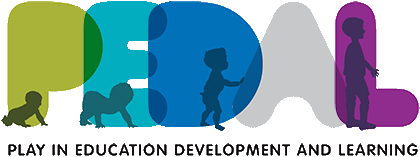Objectives Declines in children’s outdoor play have been documented globally, which are partly due to heightened restrictions around children’s independent mobility. Literature on outdoor play and children’s independent mobility is increasing, yet no paper has summarized the various methodological approaches used. A methodological review could highlight most commonly used measures and comprehensive research designs that could result in more standardized methodological approaches. Design Methodological review. Methods A standardized protocol guided a methodological review of published research on measures of outdoor play and children’s independent mobility in children and youth (0–18 years). Online searches of 8 electronic databases were conducted and studies included if they contained a subjective/objective measure of outdoor play or children’s independent mobility. References of included articles were scanned to identify additional articles. Results Twenty-four studies were included on outdoor play, and twenty-three on children’s independent mobility. Study designs were diverse. Common objective measures included accelerometry, global positioning systems and direct observation; questionnaires, surveys and interviews were common subjective measures. Focus groups, activity logs, monitoring sheets, travel/activity diaries, behavioral maps and guided tours were also utilized. Questionnaires were used most frequently, yet few studies used the same questionnaire. Five studies employed comprehensive, mixed-methods designs. Conclusions Outdoor play and children’s independent mobility have been measured using a wide variety of techniques, with only a few studies using similar methodologies. A standardized methodological approach does not exist. Future researchers should consider including both objective measures (accelerometry and global positioning systems) and subjective measures (questionnaires, activity logs, interviews), as more comprehensive designs will enhance understanding of each multidimensional construct. Creating a standardized methodological approach would improve study comparisons.
